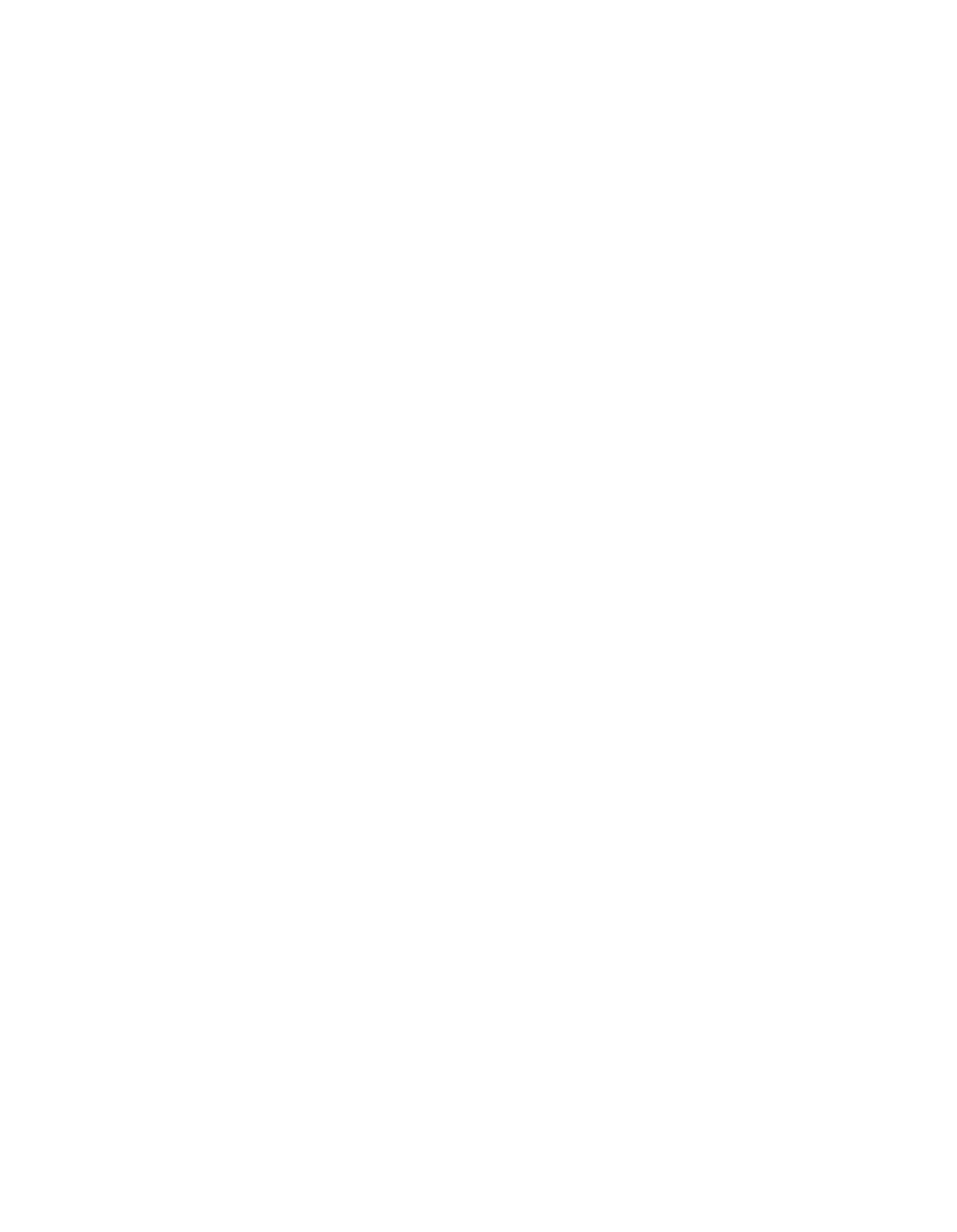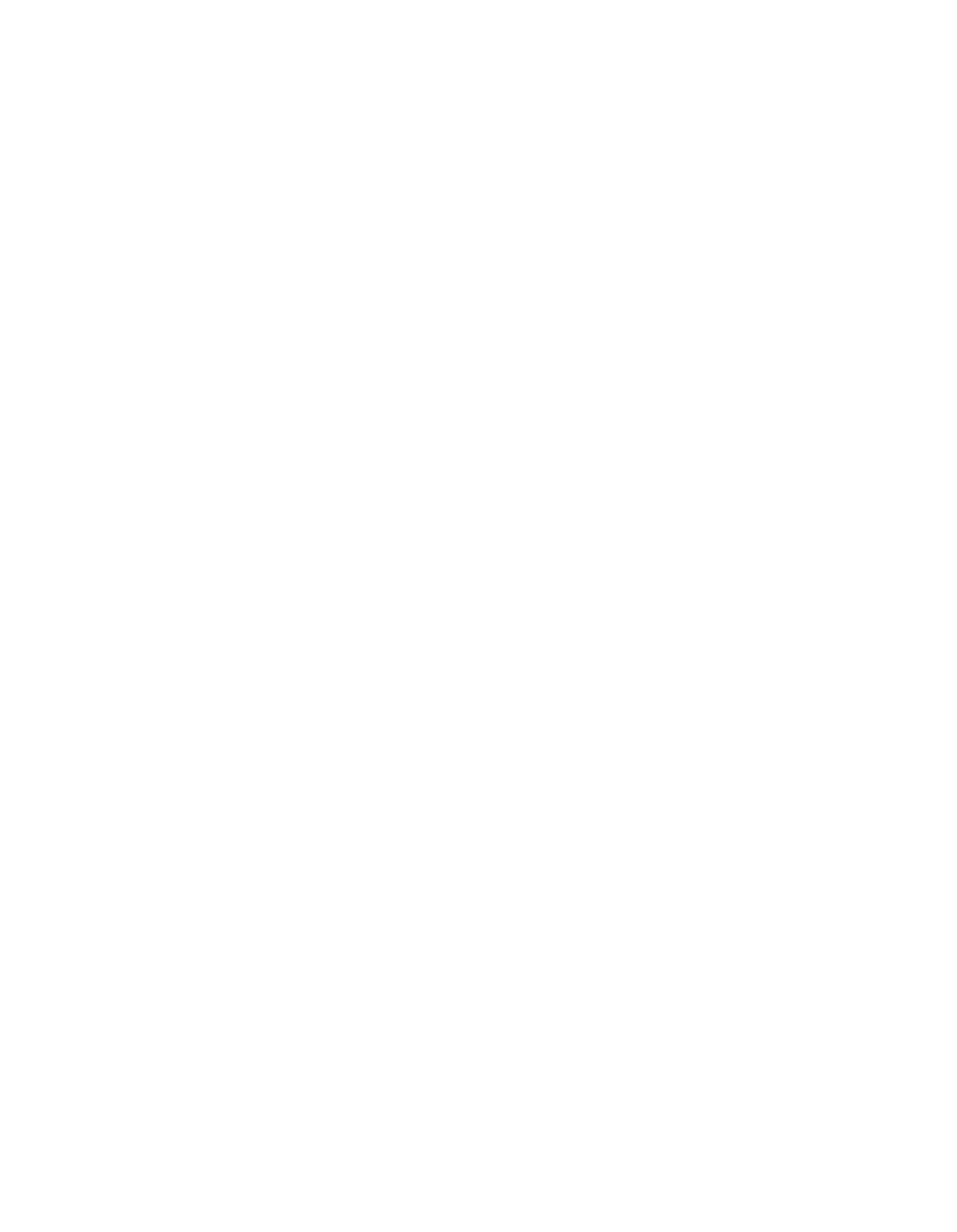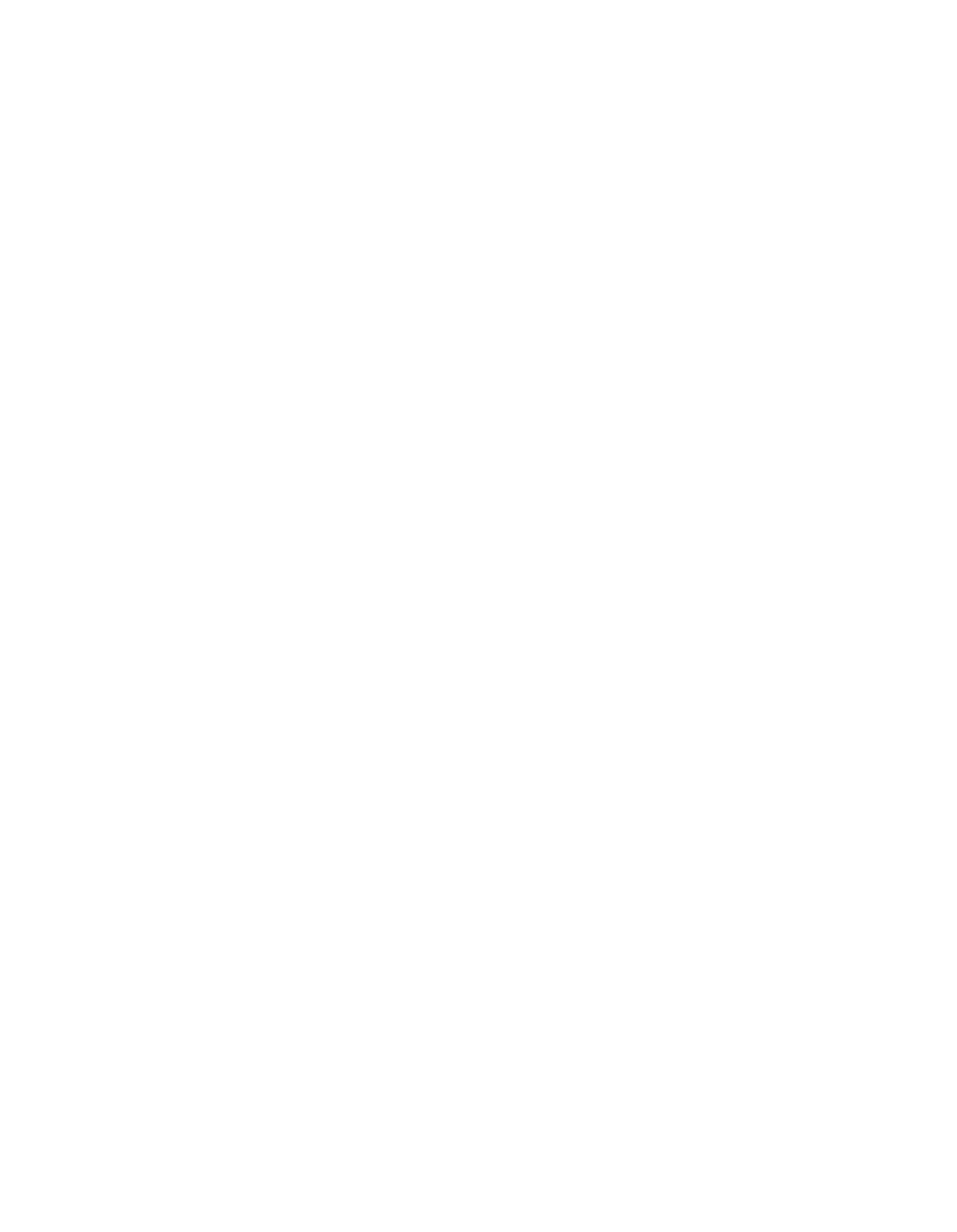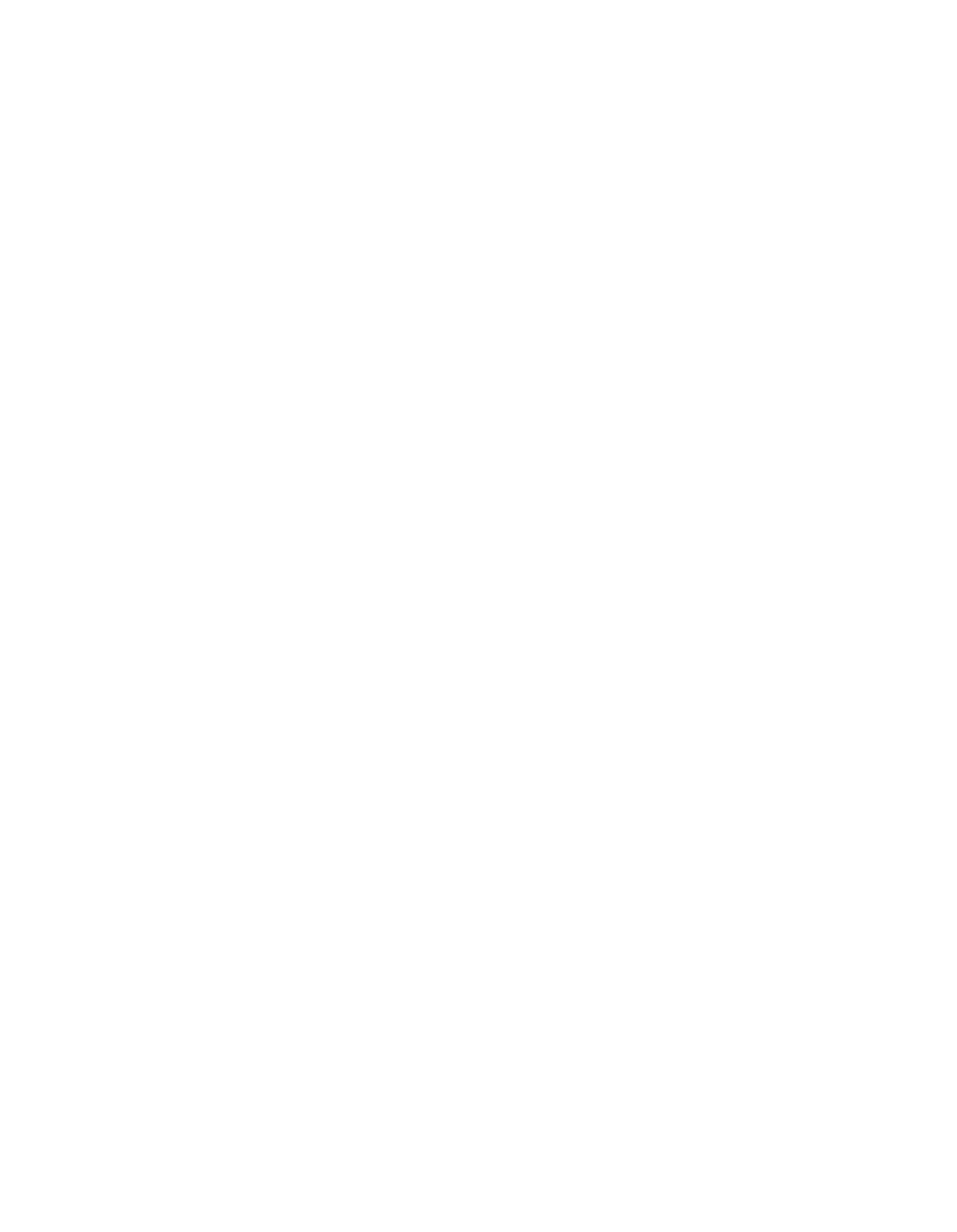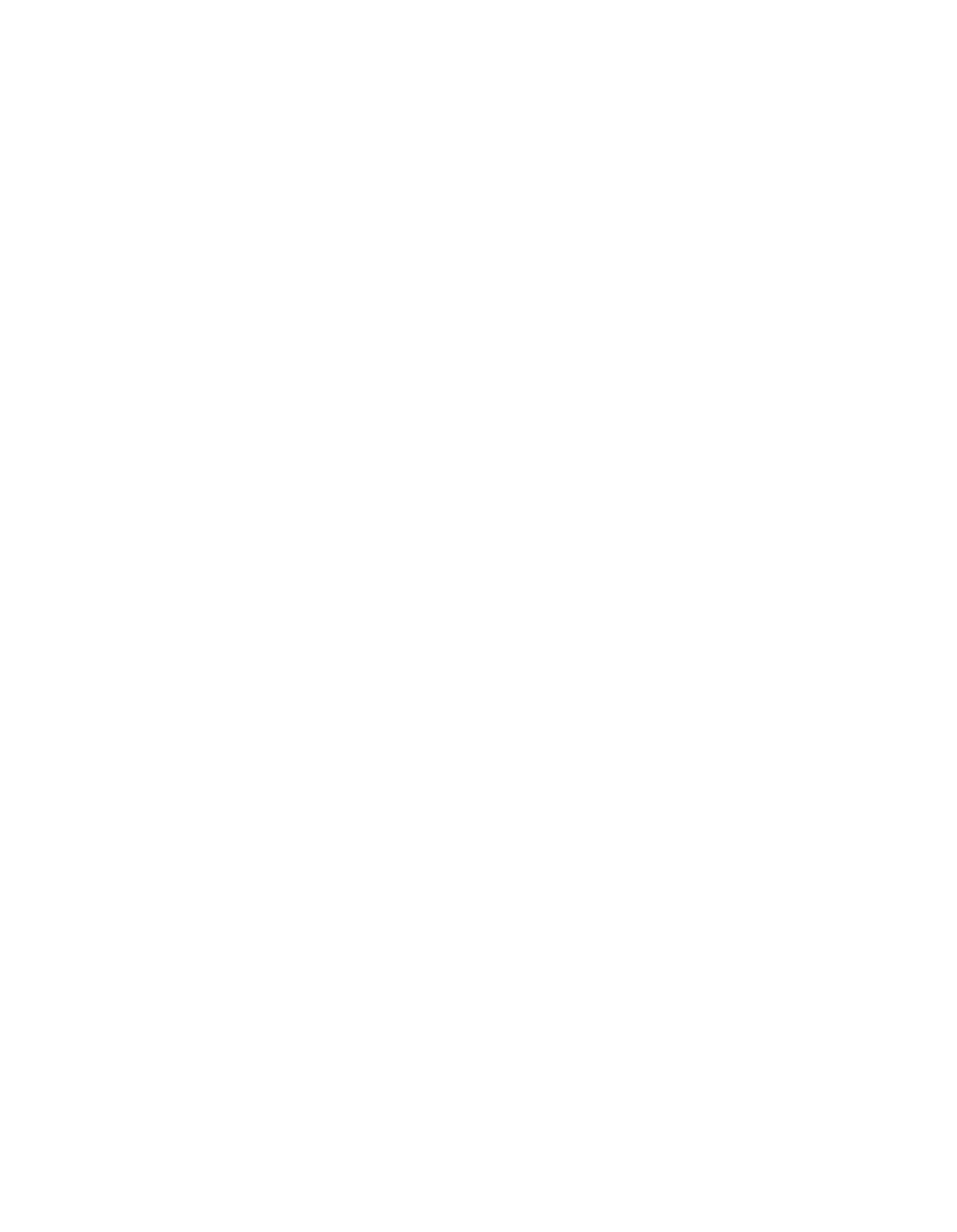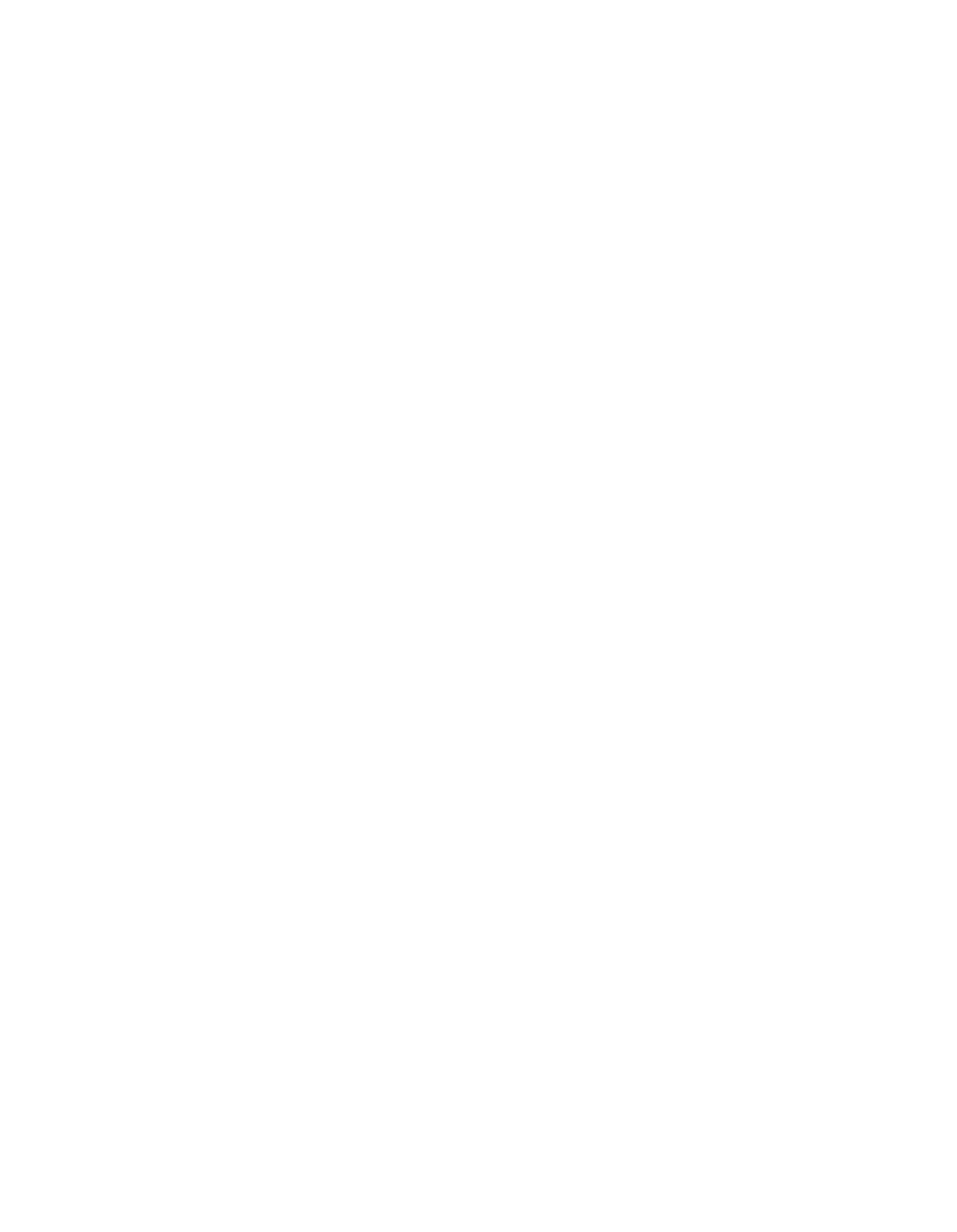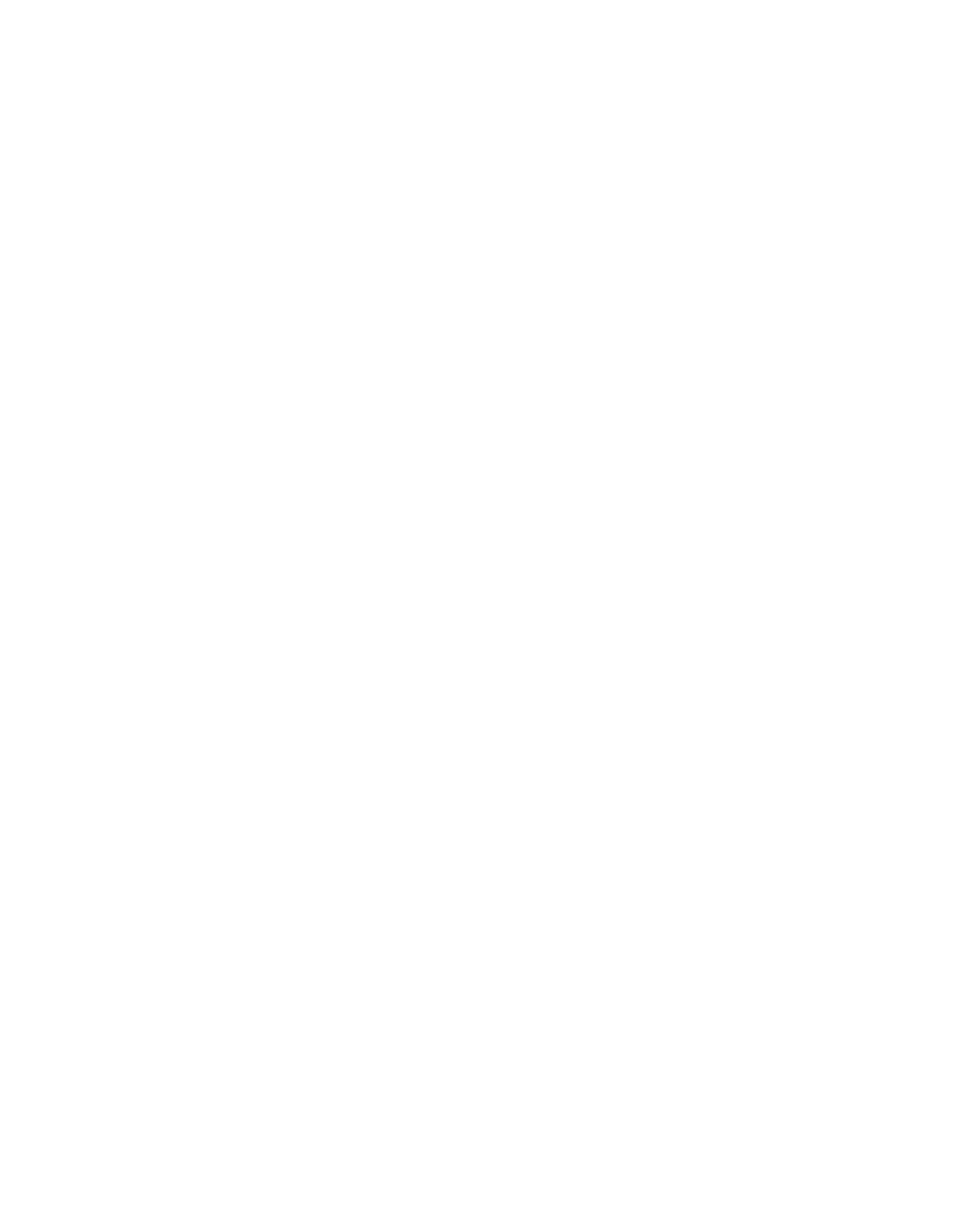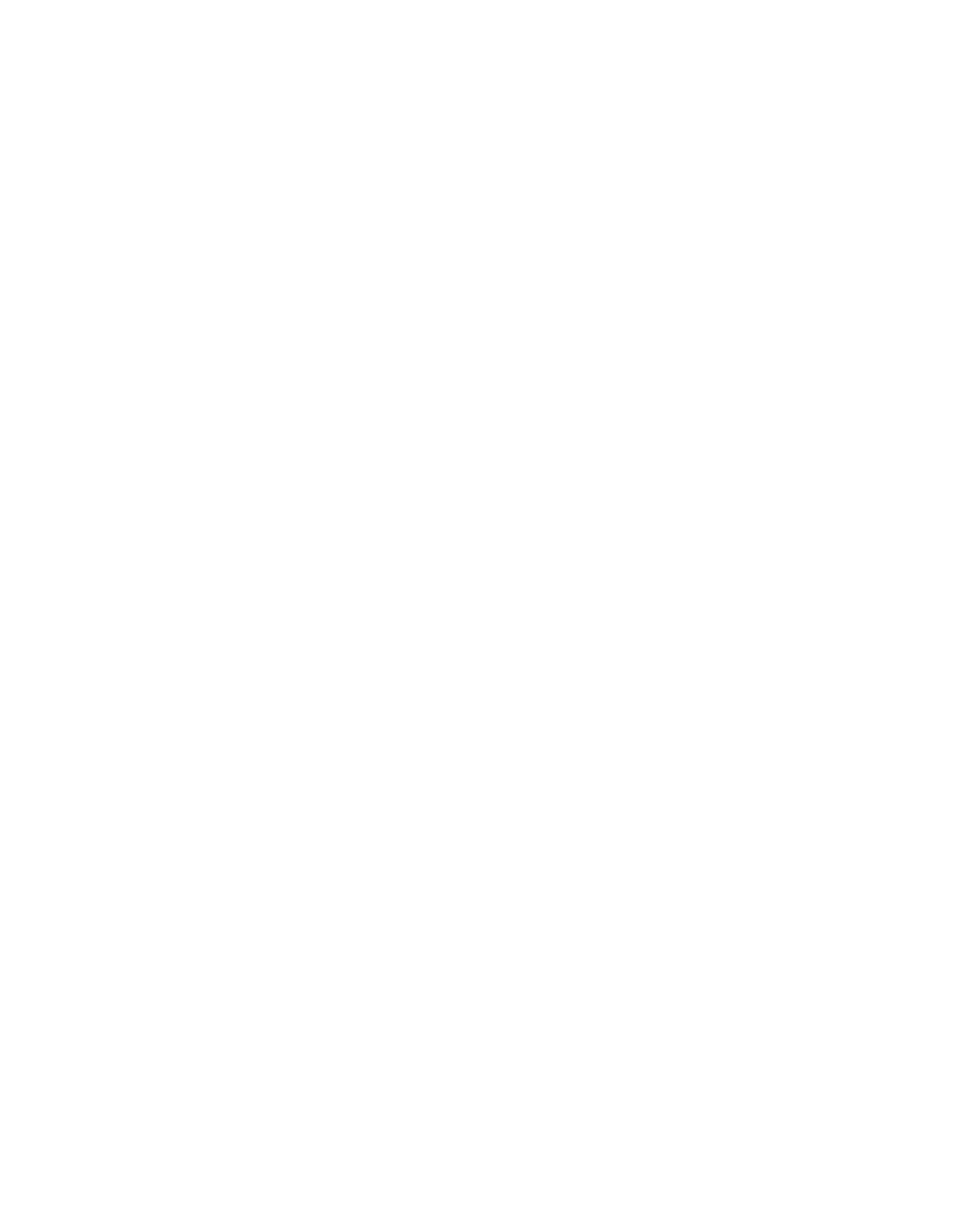ILLINOIS POLLUTION CONTROL BOARD
February 27, 1992
JAMES W. TURNER, SR.,
)
)
Complainant,
)
v.
)
PCB 91—146
(Enforcement)
CHICAGO
‘~ITLE
& TRUST COMPANY,
)
TRUSTEE, TRUST NO.
1086573,
)
Respondent.
JAMES W.
TURNER
APPEARED PRO SE.
THOMAS E.
LEITER, THE LEITER GROUP, APPEARED ON BEHALF OF
RESPONDENT.
OPINION
AND
ORDER OF THE BOARD
(by R.C. Flemal):
This matter comes before the Board on the August 21,
1991
filing of a formal complaint filed by complainant James W.
Turner,
Sr.
(Turner) against the respondent,
Chicago Title
&
Trust Company, Trustee,
Trust No.
1086573
(the Trustee)~-pursuant
to 31(b)
of the Environmental Protection Act
(Act)
(Ill. Rev.
Stat.
1991 ch.
111 1/2, par. 1031(b)).
Turner alleges that the
noise emitted from the Trustee’s property unreasonably interferes
with complainant’s enjoyment of life and lawful activity.
(Section 24 of the Act;
35
Ill. Adm. Code 900.102.)
The Board
today finds that the Trustee violated Section 24 of the Act and
35
Iii. Adm. Code 900.102, and orders the Trustee to cease and
desist from further violations,
as discussed below.
BACKGROUND
Kingsley Court2 is an area located in the City of Normal,
Illinois
(the City or Normal).
The area
is primarily
residential, although some restaurants are located on Kingsley
Street
(Turner Exh.
B).
Six fraternities3 occupy houses or
1-The complaint named Richard P. Toft, President, Chicago Title
and Trust Company as respondent.
At hearing, the hearing officer
granted a motion to substitute parties respondent.
Turner did not
object to the motion.
(Tr.
7-8.)
The current caption reflects
this change.
2 Kingsley
Court was
formerly
called Morgan
Court,
and
is
sometimes called by either name in the transcript.
The local university is Illinois State University
(IStJ).
130—227
—2—
apartment buildings in the Kingsley Court area.
Other student
housing is also located in the area.
The area also includes
private residences,
some of which are not occupied by students
(Turner Exh.
B, and Tr.
41, 47).
The record discloses that prior
to the filing of the complaint,
sounds emitted from student
rental property were the subject of town meetings and
correspondence between private home owners,
ISTJ,
the police
department,
and the City since the time student housing was
brought into the area in the early l980s
(Tr.
27, and see
genera1l~,testimony of Lucille Miller,
Tr.
36-45).
Turner filed similar complaints against two other property
owners in the area
(PCB 91-147 and PCB 91-148).
Hearing was held
on all three complaints in Normal on October 23,
1991, at which
members of the public attended.
The Trustee’s property is located at 904 Hovey Avenue,
just
south of Kingsley Court.
The property is occupied by Sigma Nu
fraternity
(Turner Exh. B; Tr.
7).
NOTIONS
On August 21,
1991, the Trustee filed a motion to dismiss
based on an assertion that the complaint was filed against the
wrong party,
as the Trustee holds title under a trust agreement
and exercises no control over the property.
On September 12,
1991, the Board denied the motion to dismiss, stating that the
“control” over the property is best determined after
a hearing on
the merits.
The Board today finds that the Trustee has cited no
authority on why it could not exercise control over the property
to stop a violation of the Act and Board’s regulations from
occurring,
should it choose to do so.
In fact, at hearing, when
presenting the motion for substitution of parties
(see footnote
1), attorney for the respondent stated that “ownership and
control is in Chicago Title and Trust Company as trustee under a
specified trust number”.
(Tr.
6, emphasis added.)
At hearing, the Trustee joined in a motion presented by
attorney for Don Franke (Franke), the respondent in the related
case,
PCB 91-148.
That motion requests that the Board declare 35
Ill. Adm. Code 900.102 void as exceeding statutory authority.
The Board denies the motion.
The respondents presented no
authority for declaring the regulation void.
Furthermore, this
issue previously has been addressed by the courts in Ferndale
Heights Utilities Company v. Illinois Pollution Control Board and
Illinois Environmental Protection Agency
(.1st Dist.
1976),
41
Ill.App.3d
96.2,
358 N.E.2d 1224.
(See discussion in the
Applicable Regulations section of this opinion.)
Although
respondents present some factual differences between the Ferndale
case and the case at bar, the Board finds that these are minor
factual differences which do not affect the issue of statutory
authority.
130—228
—3—
Allegations were also presented in briefs and at hearing by
respondents Franke and the Trustee that noise measurements in
accordance with Section 901.102 were not taken, hence the
complaint should be dismissed (Franke Br.
3-5; joined in by
Trustee at Trustee Br. 2)~. The Board finds that this complaint
was brought pursuant to Section 900.102, and is a “noise
nuisance” action.
The complaint does not need to rely on noise
measurements to be brought under this Section, and does not fail
because no noise measurements were taken.
(See Applicable
Regulatiqns section of this opinion.)
APPLICABLE REGULATIONS
Title VI of the Act establishes procedures and standards for
noise control.
Section 23 of Title VI sets forth the
legislature’s purpose of preventing noise that causes a public
nuisance.
Section 24 of Title VI prohibits the emission beyond
one’s property of noise that unreasonably interferes with another
person’s enjoyment of life or lawful activities.
The Board’s
authority to adopt noise regulations is found in Section 25~
Section 23 and 24 of Title VI provide as follows:
Section 23
The General Assembly finds that excessive
noise endangers physical and emotional health
and well-being,
interferes with legitimate
business and recreational activities,
increases construction costs, depresses
property values, offends the senses, creates
public nuisances,
and in other respects
reduces the quality of our environment.
It
is the purpose of this Title to prevent
noise which creates a public nuisance.
Section 24
No person shall emit beyond the boundaries of
his property any noise that unreasonably
interferes with the enjoyment of life or with
any lawful business or activity,
so as to
violate any regulation or standard adopted by
the Board under this Act.
The Board has implemented these sections of the Act in two
ways.
First,
the Board has adopted specific numerical
~ Citations to the briefs are noted by party thusly: Trustee
Br.
X.
Citations to the complaint are noted as:
coinpl., par.
X.
130—229
—4—
limitations on the characteristics of sound that may be
transmitted from source to receiver.
As no numerical test data
were presented in this matter,
those portions of the regulations
are not at issue.
The second method of implementing the noise
provisions of the Act are found in 35 Ill.
Adin. Code 900.101 and
900.102.
Section 900.101 Definitions
Noise pollution:
the emission of sound that
unreasonably interferes with the enjoyment of
life or with any lawful business or activity.
Section 900.102 Prohibition of Noise
Pollution
No person shall cause or allow the emission
of sound beyond the boundaries of his
property,
as property is defined in Section
25 of the Illinois Environmental Protection
Act,
so as to cause noise pollution in
Illinois, or so as to violate any provision
of this Chapter.
In effect, these two sections adopt a regulatory public nuisance
provision for noise control using the statutory phrase
“unreasonable interference with the enjoyment of life or with any
lawful business or activity” as the standard.
The pleadings,
testimony and exhibits of the complainant, regarding noise, are
founded in this public nuisance theory, rather than in terms of
noise levels which exceed specific sound emissions levels5.
Section 900.101 and 900.102 were given judicial
interpretation in Ferndale,
supra.
In that case,
the appellate
~ Noise
enforcement
cases
previously
decided
by the Board
include:
Ka-ji v.
R. Olson Mfg. Co., Inc.
(1981)
PCB 80—46, aff’d,
(1982), 109 Ill. App. 3d 1168, 441 N.E.2d 188; Citizens of Burbank
v. Clairmont Transfer Co.
(1986), PCB 84-125; John W. Eirlich v.
John Smith
(1987),
PCB 85—4; Thomas
&
Lisa Annino v.
Browning-
Ferris Industries (1988) PCB 97-l39;.Anthony Kochanski v. Hinsdale
Golf Club (1989), PCB 88—16,
rev’d,
(1990),
197 Ill. App. 3d 634,
555 N.E.2d 31; William Brainerd v.
Donna Hagen et al.
(1989), PCB
88-171; Brian J. Peter v. Geneva Neat and Fish Market
(1990), PCB
89-151;
Will
County
Environmental
Network
v.
Gallagher Asphalt
(1990), PCB 89-64; Kvatsak v. St. Michael’s Lutheran Church (1990),
PCB 89-182; Zivoli v. Prospect Dive and Sport Shop (1991), PCB 89-
205; Village ~f Matteson v. World Music Theatre (1991), PCB 90-146;
Christianson
v.
American
Milling
(Nov.
21,
1991),
PCB
90—59;
Zarlenga v Bloomingdale Partners
(May
9,
1991
and February 27,
1992), PCB 89—169.
130—230
—5—
court held the regulatory language to be constitutional since
sufficient standards could be comprehended from reading Section
24, the Board’s regulations, and the guidelines for enforcement
cases found in Section 33(c)
of the Act.
In discussing whether
Section 900.102 is contrary to the terms of the Act, the court
found nothing in the Act to preclude prosecution of noise
pollution under the rule.
The court affirmed the Board’s finding
of unreasonable interference with the enjoyment of life,
in light
of adequate testimony describing the noise; explaining the type
of severi~tyof the interference caused by the noise; and
indicating the frequency and duration of’the interference.
Despite conflicting testimony,
the court upheld the Board’s
finding that the interference was unreasonable.
The Board has adopted the Ferndale court’s approach to noise
pollution in cases that involve unreasonable interference rather
than numeric limitations.
In a 1985 case finding a violation of
Section 24 of the Act and of Section 900.102 of the Board’s
rules,
the Board reached this conclusion:
This testimony meets the Ferndale standard of providing
a description of the noise, explaining the type and
severity of interference caused by the noise
(sleep
interruption) and providing information on the
frequency and duration of the interference.
This type
of testimony must be provided in any proceeding for the
Board to make a finding regarding interference with the
enjoyment of life.
***
Based on the above—cited evidence, the Board finds that
noises emanating from Overnite’s facility, specifically
from vehicle movement, maintenance, horns and the
public address system, are causing interference with
the sleep and normal leisure time activities of
adjacent residents.
Further, the Board finds this
interference is frequent and severe.
Citizens of Burbank v. Overnite Trucking
(1985), PCB
84—124,
65 PCB 131,
136,
138.
Section 33(c)
Factors
As the Ferndale court notes, in order to make a
determination concerning the reasonableness of the noise
emissions, the Board must consider the statutory factors found in
Section 33(c)
of the Act.
That section provides as follows:
In making its orders and determinations, the Board
shall take into consideration all the facts and
circumstances bearing upon the reasonableness of the
130—231
—6—
emissions, discharges,
or deposits involved including.,
but not limited to:
1.
the character and degree of injury to, or
interference with the protection of the health,
general welfare and physical property of the
people;
2.
the social and economic value of the pollution
source;
3.
the suitability or unsuitability of the pollution
source to the area in which it is located,
including the question or priority of location in
the area involved;
4.
the technical practicability and economic
reasonableness of reducing or eliminating the
emissions, discharges or deposits resulting from
such pollution source; and
5.
any subsequent compliance.
Section 33(c)
of the Act.
These factors guide the Board in reaching a decision on
whether or not noise emissions rise to the level
of noise
pollution,
which, by definition, unreasonably interfere with the
enjoyment of life,
and which is proscribed by the Act and
regulations.
The Illinois courts have held that the
reasonableness of the interference with life and property must be
determined by the Board by reference to these statutory criteria.
Wells Manufacturing Company v. Pollution Control Board
(1978),
73
Ill.2d 225,
383 N.E.
2d 148; Mystic Tape.
Div.
of Borden,
Inc.
v.
Pollution Control Board
(1975),
60 Ill.2d 330,
328 N.E.2d
5;
Incinerator1
Inc.
v. Pollution Control Board
(1974),
59 Ill.2d
290,
319 N.E.
2d 794; City of Monmouth v. Pollution Control Board
(1974)
,
57 Ill.2d 482,
313 N.E.2d 161.
However, complainants are
not required to introduce evidence on each of these points.
Processing
& Books v
Pollution Control Board
(1976),
64 Ill.2d
68,
351 N.E.2d 865.
COMPLAINTS
The complaint alleges that loud music, amplified music,
and
“loud hollering” that occurs during parties held by the
fraternity occupant constitutes noise that interferes with the
complainant’s enjoyment of life and lawful activity.
The
complaint alleges that the noise emitted mainly occurs during the
school year “between 10 p.m. to well after midnight” and occurs
at least several times during the week and on all weekend days.
The complaint further alleges that the noise has occurred since
130—232
—7—
1985 to the present.
(compl., pars.
4—7.)
Specific dates
included in the complaint and attachments pertaining to the 904
Hovey Avenue site are September 22,
1985, May 8,
1986,
April
8,
1988, April
1,
1991,
April 27,
1991,
and July 13,
1991.
Noises
included loud music, shouting, and screaming; times ranged from
late evening to past 1:25 a.m.
The complaint alleges that Turner and his family have
suffered ill effects as a result of the noise.
These include
hyperten~ion, loss of sleep due to noise occurrences at night,
inability to hear at normal levels, diminishment of the quality
of life and environment, and the sale of neighbors’ homes at a
loss.
(compl.,
par.
8.)
The complaint and some testimony at hearing discuss other
allegations associated with the parties, such as litter,
public
urination,
and property damage
(Tr.
65,
78; compl., par.
4).
These allegations do not pertain to the noise regulations, any
other regulations of the Board, or provisions of the Act.
Accordingly, the Board strikes all information in the record that
discusses matters over which the Board does not have jurisdiction
to determine.
HEARING
In support of his allegations, Turner presented several
witnesses.
Since the three complaints filed were consolidated
for hearing, testimony was presented by witnesses on all the
buildings involved.
This discussion includes only that testimony
necessary to a discussion of the 904 Hovey Avenue site.
O.V. Lancaster testified that he and his wife bought their
home at 701 Kingsley in 1972.
He stated that the area was
“peaceful and quiet” until the “early 1980s” when nearby vacant
land was developed with the addition of four three-story student
living houses occupied by fraternities (referred to as buildings
1,
2,
3,
and 4 or by lot number), and the conversion of some
other property to a fraternity house (known as 904 Hovey Avenue,
the subject of the instant complaint).
(Tr.
61.)
Lancaster kept a log of occurrences of “party noise”.
His
testimony includes references to the 904 Hovey Avenue site,
and
includes loud shouting, drum noise,
and amplified music occurring
on:
9/12/91
1:30 p.m. through 11:48
p.m. party with amplified
live music audible
through closed bedroom
windows
130—233
—8—
9/20/91
10:28 p.m. through 11:48
p.m. loud band and
shouting
Lancaster stated that he reported his concerns to local
authorities, explaining that his sleep was “continuously
disturbed by loud screaming,
shouting, thumping drums and/or
extremely amplified music
——
either live or recorded.
Each
frequently lasting until the early hours of the morning and ofte:
several nights in the course of a week.”
(Tr. 71—72.)
Ms. Buffey Overby testified that she is a full—time ISU
student, and that she and her husband have lived at 706 Osage
street since August 1990.
She stated that she needs to study an
that the problem is continuous.
She stated that “the noise
coming from Kingsley Court sometimes beginning Wednesday through
Saturday is so loud in
her
house that she
is
not able to
study there”.
(Tr.
85).
Ms. Elizabeth Chambers testified that she and her family
moved from 709 Kingsley because they were not sleeping, and that
the noise was “unbelievable”
(Tr. 91).
She stated that she move~
approximately seven years ago, having stayed in the house on
Kingsley one year after the students moved into the area.
She
stated that Sigma Nu fraternity (occupant of the 904 Hovey Avenu
site) had been in the area two years before other fraternities
moved in.
She stated that the
Sigma
Nu fraternity by itself was
not all that bad, but that other fraternities were directly
behind their property.
(Tr. 91-93.)
Ms. Mildred Moore testified that a letter was sent to
neighbors of Kingsley Court from the fraternities’ Greek
specialist on November 13,
1990, stating that the fraternities
understand the extent of the problem and are “interested and
ready to do something to help alleviate” the neighbor’s concerns
(Tr. 97).
She testified concerning party noise and loud music
that occurred after the November 13 letter was sent:
Date and time
Location
Type of Sounds
11/14/90 12 midnight
KC6 area
very loud music
11/15/90
KC area
very loud music
10 p.m.
-
past 12 midnight
11/17/90
KC area
very loud music
10 p.m.
-
2:30 a.m.
& drum beating
11/19/90
KC area
loud drums
6 Kingsley Court•
130—234
—9—
to 2:15 a.m.
11/20/90
KC area
11 p.m.
-
past 12 midnight
11/27/90
KC area
until after
2 am.
11/28/90
ll/2’9/90
KC area
until
3 a.m.
12/1/90
KC area
past 1:30 a.m.
1/19/91
Building #1
past 11 p.m.
1/23/91
Second Meeting With Neighbors
1/26/91
Building #1
past 12 midnight
2/2/91
KC area
past 12 midnight
2/9/91
KC area
10:30 p.m.
—
2:30 a.m.
center court
2/11/91
Third Meeting With Neighbors
2/25
& 16/91
not given
at night
2/21/91
Building #3
after 12 midnight
2/22/91
Building #1
past 12 midnight
2/23/91
Building #1
continuing
2/23/91
Fourth Meeting With Neighbors
Moore described the effect of the sounds on herself and the
neighbors:
Noise unbearable.
***
The noise has continued.
Disrupting the neighbors peace and rest.
There are
130—235
very loud music
very loud music
very loud music
noise unbearable
very loud music
very loud music
very loud music
very loud music
&
fireworks
loud noise
& music
yelling, partying,
&
noise
very loud——rest and
sleep impossible
very loud music
&
noise
—10—
families who have ill members in their homes.
There
are workers who need to get up early to go to work.
There are small children who do not need their rest
disrupted.
***
This is intolerable.
***
Rest and sleep
is impossible
(sic).
(Tr. 96—99.)
Mr. Norman Anderson testified that he lives at 703 Kingsley.
He testif,ied that he and his neighbors have “put up with a lot of
this noise for years”
(Tr.
101).
He also stated that the “noise
is so loud that it breathes through the walls of your house and
there is no way to get away from it
***“
(Tr. 101—02).
At points during the hearing, the attorneys for respondents
in PCB 91-146 and PCB 91-148 joined in objecting to certain dates
of alleged noise occurrences attested to by witnesses.
The
objection was based on the fact that these dates were not
disclosed prior to hearing through discovery and in the
complaint, resulting in alleged surprise.
The hearing officer
gave the respondents opportunity to come back on another date to
rebut anything they had heard.
The Trustee said nothing further
on the matter.
(Tr.
122.)
The Board finds that there was an
opportunity to cure any alleged surprise; therefore the objection
fails.
DISCUSSION
Before beginning its evaluation,
the Board observes that
some of the testimony details noise complaints concerning the
Kingsley Court area in general without naming a specific building
or buildings from which the noise emanated.
The record is clear
that sleep and rest were regularly disturbed and that the
inability to carry on activities, such as studying, occurred due
to student parties in the area.
However, the general nature of
some of the evidence presents a problem of proof of violation,
because the complaints are brought against specific individuals
and each of the buildings and properties are individually owned.
Irrespective of the general nature of some of the testimony, the
Board finds that the record also contains occurrences where the
complaint and witnesses identified specific buildings from which
the sounds emanated.
The testimony at hearing establishes that the sounds emitted
from the 904 Hovey Avenue property have caused interference with
the complainant’s enjoyment of life and lawful activities.
The
witnesses from the Kingsley Court area consistently described the
loud playing of music, drum beating, and loud shouting that
occurred most often until well past 12 midnight.
The witnesses
also testified that these sounds frequently interfered with
sleep,
studying, and normal enjoyment of life.
Having found that
the sounds have interfered with Turner’s enjoyment of life and
130—236
—11—
lawful activity, the next issue is whether the interference is
unreasonable.
As stated above,
sounds do not violate the Act or
Board regulations unless they cause an unreasonable interference
with the enjoyment of life or lawful business activity.
The
reasonableness of the noise must be determined in consideration
of factors set forth in Section 33(c)
of the Act.
Therefore, the Board will proceed with its consideration of
the five statutory criteria of Section 33.(c)
in reaching a
determin~tionon whether the sounds emitted from 904 Hovey Avenue
unreasonably interfere with life and law±~ul
business activities.
Section 33(c)
Analysis
Section 33(c) (1) directs the Board to consider the character
of the interference caused by the noise emissions from 904 Hovey
Avenue.
The issue here is whether the noise substantially and
frequently interferes with the use and enjoyment of life and
property.
As regards 904 Hovey Avenue, the Board finds that the record
shows. eight separate instances
(5 of which occurred in 1991)
where 904 Hovey Avenue was specifically identified as the source
of some or all of the sounds emitted.
The Board recognizes that
one person testified that the 904 Hovey site alone “was not all
that bad”.
(Tr.
93.)
However, the record also contains
testimony that the noise emanating from the 904 Hovey site
disturbed the rest and sleep of Turner and other residents.
The
Board finds that this interference goes beyond trifling
interference, petty annoyance,
or minor discomfort.
The Board
does not find evidence that the hypertension, as alleged in the
complaint,
occurred as a result of the noise.
Likewise, no
evidence was presented that property values were diminished as a
result of the noise, although one person testified that her
family moved from the area as a result of the noise.
However,
based upon the record, the Board finds that the noise emissions
from 904 Hovey Avenue are frequent and severe and constitute a
substantial interference with the enjoyment of life and property
of the complainant.
In addition,
in review of the information on
attempts to stop the noise that were to no avail throughout the
years,
and the description of noise occurrences contained
ii) the
record, the Board finds that the noise problem is continuous as
alleged.
Concerning the second of the Section 33(c)
factors,
the
Board finds that the 904 Hovey site has social value as a
residence for a social fraternity.
However, that social value is
significantly reduced by the negative impact of the noise
emissions from the property to the surrounding community.
The third Section 33(c)• factor concerns the suitability of
the pollution source to the area in which it is located and
130—237
—12—
priority of location.
There is no evidence in the record that
the site does not comply with current zoning uses.
The Board
finds that the 904 Hovey site is suitable for the area in which
it is located if noise problems can be reduced to acceptable
levels, so that the impact no longer negatively affects
surrounding property.
On priority of location, the Board finds that the record is
unclear whether the 904 Hovey site or the current residents were
there
fir,st.
The site was apparently there, but was converted to
use by the fraternity in the 1980’s.
The record indicates that
the residents of the houses generally have priority of location
over the current residents of the 904 Hovey building.
Concerning the fourth of the Section 33(c)
factors, the
Board finds that there are technically feasible and economically
reasonable methods of making some reductions in noise levels such
as turning the sound down or redirecting stereo speakers, holding
live concerts in another location such as a theater with proper
noise reduction devices, or limiting the time and duration of
parties.
Regarding the fifth Section 33(c)
factor,
the record shows
that the 904 Hovey site has not come into compliance.
Although
some methods of noise reduction may have been discussed at
meetings between the neighbors,
residents,
and ISU and City
officials,
no acceptable solution has been reached and the noise
continues to occur at the same frequency and intensity.
Based upon evaluation of all the evidence and the factors of
Section 33(c),
the Board finds that the noise emissions from 904
Hovey Avenue unreasonably interfere with the enjoyment of life of
Turner and his neighbors.
The Board finds that while the Trustee did not cause such
emissions,
the Trustee allowed such emissions to occur in
violation of 35 Ill.
Adm. Code 900.102.
The phrase “cause or
allow” as used in the Act has been interpreted by the courts.
Although the type of pollution in the instant matter is
different, we believe that the same principles apply.
The meaning of the phrase “cause or allow”,
as used in
Section 12(a)
of the Act, has been determined by the Illinois
Appellate Court, third district,
in Freeman Coal Mining Corp.
v.
Illinois Pollution Control Board
(1974),
21 Ill. App,
3d 157,
313, NE.
2d 616.
In Freeman, the petitioner was an owner of a
coal mine that maintained a mine refuse pile.
Rainfall upon the
pile resulted in an acidic contaminant which washed into an
unnamed waterway causing water pollution.
(Id.
at 618).
The
petitioner argued that it coul.d not be held liable for “allowing
such discharges because the discharges were the result of a
natural force beyond the control of the petitioner”
(Id. at 619).
130—238
—13—
In its decision in Freeman, the court restated that the Act is
malum prohibitum and no proof of guilty knowledge or mens rea is
necessary to a finding of guilt.
The court went on to say, that
the fact that the discharges were unintentional, or occurred
despite efforts to prevent them,
is not a defense.
The owner of
the property that creates the pollution has a duty,
imposed by
the legislature, to take all prudent measures to prevent the
pollution.
The efforts by the landowner to control or treat the
pollution go to the issue of mitigation,
not to the primary issue
of liabi.ity.
(~.
at 621.)
In Bath,
Inc.
V.
IPCB (1973),
10
Ill. App. 3d 507,
294
N.E.2d 778, the fourth district was faced with the issue of
whether respondents had caused or allowed burning:
On the issue of the finding as to the existence of
underground burning, the petitioners assert that
neither they or other witnesses knew the cause of the
underground burning, and implicit in their argument is
that a violation cannot be predicated upon the
existence of burning in the absence of a finding that
the petitioners by their affirmative act caused, or
intended, the burning.
This argument is not
persuasive.
The rule prohibits burning except in an
approved incinerator and the balance of the rules
relate to a handling of the refuse in the landfill so
as to eliminate burning.
It is not an element of a
violation of the rule that the burning was knowing or
intentional.
We hold that knowledge,
intent.or
scienter is not an element of the case to be
established by the Environmental Protection Agency at
the hearing before the Pollution Control Board upon the
issue of burning.
In this connection,
see 46 A.L.R.3d
758,
and the cases there collected.
(Id. at 781.)
A more detailed explanation of the rationale was provided by
the fifth district in a subsequent case involving “cause or
allow” in regard to water pollution.
In Meadowlark Farms v
IPCB
(1974),
17 Ill.
App.
3d 851,
308 N.E.2d 829, the Court stated at
pp. 836—837:
Petitioner further argues that it has not caused,
threatened or allowed the discharge of contaminants
within the meaning of section 12(a)
of the Act (Ill.
Rev.
Stats.
1971,
ch.
111½ par.l012(a)).
Petitioner
contends that its mere ownership of the surface estate
from which the discharge originates is the only
relationship to the transaction responsible for the
discharge and that to expect the petitioner to exercise
control to prevent pollution would be unreasonable.
In
130—239
—14—
conjunction, the petitioner states that its lack of
knowledge that the discharge of contaminants was
occurring is a defense to the complaint.
We find these
arguments without merit.
To clarify this issue,
it
should be noted that the petitioner was charged with
causing or allowing the discharge of contaminants so as
to cause or tend to cause water pollution in Brush
Creek and tributary in violation of Section 12(a) of
the Environmental Protection Act and certain rules of
SWB-14 of the Sanitary Water Board’s rules and
regulations.
Petitioner was not charged with creating
the refuse piles or with responsibility for the
operation of the Peabody 43 mine which results
in the
creation of the refuse pile.
The Pollution Control
Board merely found that the petitioner had ownership of
the surface rights of the property which was the source
of the violation, that the evidence showed that the
pollution had its source on that property and that fish
were killed, and that the petitioner had the capability
of controlling the pollutional discharge.
Therefore,
petitioner was found to have violated section 12(a)
of
the Act,
as well as violating the other rules and
regulations related to water pollution.
The findings
of the Board were correct.
We have found that the petitioner was the owner of
the refuse piles which were the source of the
pollutional discharge, but to see how the petitioner
violated the Act, we must look to the Act itself.
Section 12(a), which petitioner was found guilty of
violating,
states that:
“No person shall:
(a)
Cause or
threaten or allow the discharge of any
contaminants into the environment in any
State so as to cause or tend to cause water
pollution in Illinois, either alone or in
combination with matter from other sources,
or so as to violate regulations or standards
adopted by the Pollution Control Board under
this Act;
*
*
*“
Petitioner admits that seepage from the refuse pile
containing
AND
had created a flow in the tributary of
Brush Creek and that the fish died as a result of the
AND
seepage.
Furthermore, soon after the petitioner
was given notice of its violation,
Ainax Coal Co.,
a
division of the petitioner’s parent company,
investigated the charges and began an abatement
program.
The unquestioned pollution proves
sufficiently that the petitioner allowed the discharge
within the meaning of section 12(a).
130—240
—15—
Petitioner’s so—called lack of knowledge that the
discharge existed provides no defense.
The
Environmental Protection Act is malum prohibitum, no
proof of guilty knowledge or mens rea is necessary to a
finding of guilt.
In Bath,
Inc.
v. Pollution Control
Board
(1973),
10 Ill. App.
3d 507,
284 N.E.2d 778, the
Fourth District Appellate Court was faced with this
precise issue with regard to air pollution.
Bath,
Inc.
the owner of a landfill, was found in violation of
cert~ainrules and regulations dealing with landfills,
was fined $2000, and ordered to stop underground
burning in violation of the Refuse Disposal
Law
(Ill.
Rev.
Stat.
1967,
ch.
111½,
Sections
471—476).
Under
section 49(a)
sic
of the Environmental Protection Act
(Ill. Rev.
Stat.
1971,
ch.
111½ par.
1049(c) the
Refuse Disposal
Law
remained in effect.
The defendant
Bath asserted that it had no knowledge of the cause of
the burning and argued that a violation could not be
predicated upon the existence of burning in the absence
of a finding that the defendant by its affirmative act-
caused or intended the burning.
The rule which was
violated prohibited burning except in an approved
incinerator.
That court found that it was not an
element of the violation that burning was knowing or
intentional, and therefore held that knowledge,
intent
or scienter was not an element of the case to be
established by the E.P.A.
at a hearing before the
Pollution Control Board upon the issue of burning.
This rule has also been applied in other jurisdictions
with regard to water pollution.
(State v. Kinsley
(Gloucester County Ct.
1968),
103 N.
3.
Super.
190,
246
A. 2d 764, aff’d
(Super.
Ct.
1969),
105 N.
3.
Super.
347,
252 A.
2d 224.)
We feel that the same reasoning
applies here; that knowledge is not an element of a
violation of section 12(a)
and lack of knowledge is no
defense.
More recently, this theory was reiterated by the third
district in Perkinson v. IPCB
(1989),
187 Ill. App.
3d 689,
546
N.E.2d 901:
In Hindman v. Environmental Protection Agency (5th
Dist.
1976)
42
Ill.
App. 3d 766,
1 Ill. Dec.
481, 356
N.E.2d 669, the operator of landfill site was held
accountable for a fire that was not started by either
the operator or his employees.
The court relied upon
the Meadowlark Farms case and upon Bath, Inc.
v.
Pollution Control Board
(4th Dist.
1973)
10 Ill. App.
3d 507,
2.94 N.E.2d 778, and ruled that a violation is
not predicated upon proof of guilty knowledge or
intentional harm.
In the Bath case,
the owner of a
landfill was held to be responsible for underground
130—24 1
—16—
burning even though the cause was unknown and not the
result of the owner’s affirmative act.
The case before us is controlled by the long line of
precedent in Illinois which holds that the owner of the
source of the pollution causes or allows the pollution
within the meaning of the statute and is responsible
for that pollution unless the facts established the
owner either lacked the capability to control the
soumce,
as in Phillips Petroleum or had undertaken
extensive precautions to prevent vandalism or other
intervening causes, as in Union Petroleum.
Here
Perkinson plainly had control of the lagoons and the
land where the pollution discharge occurred.
The PCB
concluded that he is liable for the pollution that had
its source on his land and in a waste facility under
his control.
Under well-established Illinois law, that
is sufficient to support a finding of a violation of
the Environmental Protection Act.
(Id. at 336.)
(See also County of Jackson v. Taylor (1991), AC89-
258,
118 PCB 37.)
The Trustee has stated that it is in control of the subject
property (Tr.
6).
The Trustee in its brief has claimed that it
would not be able to control its tenants and the guests of its
tenants (See Franke Br.
7, 9-10,
in which the Trustee has joined
in argument (Trustee Br.
2)).
However, there is no information
in the record that the Trustee lacked the capability to control
the source.
The Trustee has cited no case law or authority in
support of its claims, nor are there any facts showing that the
Trustee is unable to control its tenants.
REMEDY
Turner requests as relief that the Board rule that:
the noise pollution be stopped and a mandate be served
upon the city manager, the Police Chief and all of
their agents to enforce the noise pollution laws of the
State of Illinois, as well as the landlord described as
the respondent in this formal complaint (sic).
compl. par.
9
The Board construes this as a request for a cease and desist
order against the respondent.
Turner failed to name the City or
police department as parties, and even if named, the Board is not
empowered under the Environmental Protection Act to require that
130—242
—17—
an entity enforce the noise pollution regulations of the State of
Illinois.
Having found the Trustee in violation, the Board will
accordingly order the Trustee to cease and desist from allowing
the noise emissions.
In addition, the-Board has set out that
technically feasible and economically reasonable means of
reduction of the noise emissions exist.
The Board notes that it
cannot determine on the basis of the facts before it which of the
several t,echnically practicable strategies and their many
variations would produce the most effective compliance
alternative for the Trustee.
Accordingly the Board will direct
the Trustee to take what it views as the most effective
alternative, with the only proviso that the choice effectuate
compliance.
The Board will today levy no monetary penalty against the
Trustee, but notes that pursuant to Section 42 of the Act, the
Board is empowered to levy a civil penalty up to $50,000 per
violation and an additional penalty up to $10,000 for each day
the violation continues.
Should future violations be found
concerning the site, penalties may be imposed.
This opinion constitutes the Board’s findings of fact and
conclusions of law in this matter.
ORDER
1.
The Board finds that on September 22,
1985; May 8,
1986; April
8,
1988; April
1,
1991; April 27,
1991;
July 13,
1991; September 12,
1991; and September 20,
1991, Chicago Title
& Trust Company, Trustee,
Trust No.
1086573, violated Section 24 of the Illinois
Environmental Protection Act and 35 Ill.
Adin.
Code
900.102.
2.
Trustee is hereby ordered to take necessary steps to
comply with Section 24 of the Act and 35 Ill Adm. Code
900.102 at all times, and to cease and desist from
further violations of the Act and Board regulations.
IT IS SO ORDERED.
Board Members J. Anderson,
J.
T. Meyer,
and B. Forcade
concurred.
Section 41 of the Environmental Protection Act,
Ill. Rev.
Stat.
1991 ch.
111½ par. 1041,
provides for appeal of final
Orders of the Board within 35 days.
The Rules of the Supreme
Court of Illinois establish filing requirements.
130—243
—18—
I, Dorothy N. Gunn,
Clerk of the Illinois Pollution Control
Board, hereby certify that the above Opinion and Order was
adopted on the
.~
day of
‘JC..~
.
,
1992, by
avoteof
.‘--c
.
.
(
~._-—t~
:
C).
~
.-,.
/
.~..
~
•Dorothy N.
Gufln,
Clerk
Illinois Pollution Control Board
130—244










